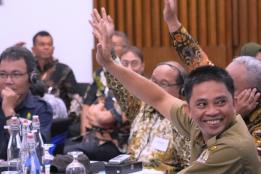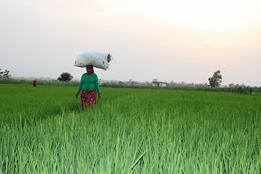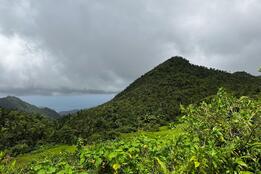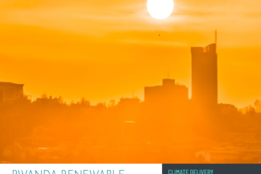For most of his life, 67-year-old Wilson Vidal has been farming oranges, tomatoes, and eggplants on his hilly 4-hectare farm in the Dominican village of Morne Rachette. But this existence is made increasingly precarious by frequent droughts, drier wet seasons, and extreme weather events such as hurricanes that plague Dominica and the Caribbean region.
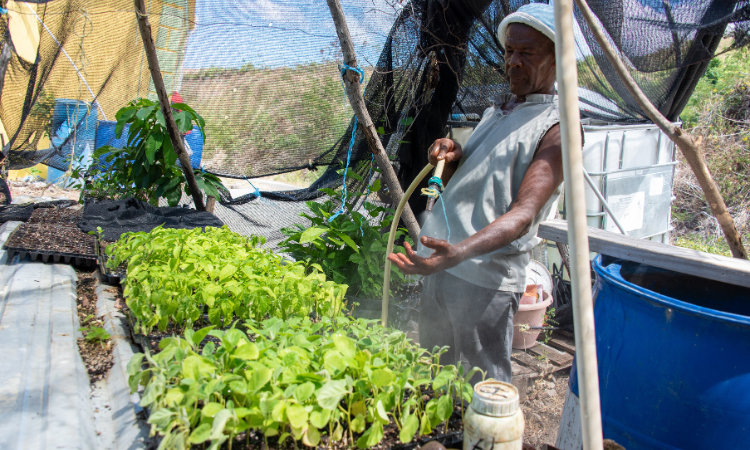
Such shifts can be disastrous for the 40% of Dominicans who – like Wilson – depend on agriculture for a living. But a relatively simple intervention has made all the difference. Wilson looks up the slope of his land, past a half-acre of passionfruit vines heavy with fruit. “The tank we have there, the water tank,” he says, “it’s very important to me.”
6,300 units of resilient infrastructure
The 30,000-gallon tank above Morne Rachette is part of a water storage system installed along Dominica’s West coast, which not only ensures a supply of drinkable water during natural disasters but also provides an economic lifeline for farmers. A network of gravity-fed irrigation outlets linked to the tank means Wilson can now cultivate passionfruit, a water-intensive crop which sells for a higher price year-round. For his large family – including six grandchildren – this is a significant improvement.
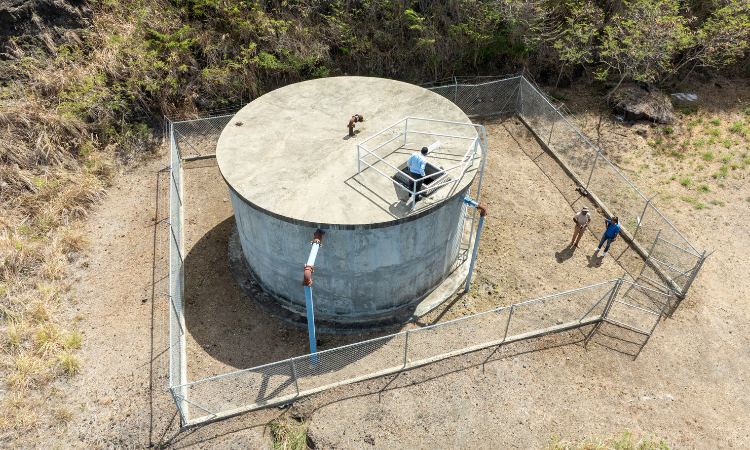
The Morne Rachette tank system is just one of a raft of resilience focused measures supported by CIF in the Caribbean, designed to strengthen infrastructure using tried-and-tested methods taken to scale. Starting in 2011, CIF partnered with six countries - Dominica, Grenada, Haiti, Jamaica, St Lucia, and St Vincent & The Grenadines – on resilience programming that resulted in helping more than three and a half million people cope with chronic weather impacts and recover faster from crises.
A regional resilience plan
To date the $440-million investment– implemented in partnership with the World Bank and the Inter-American Development Bank (IDB) – has future-proofed more than 110 kilometers of roads and installed or repaired more than 6,300 units of resilient infrastructure, including health centers, schools, crop storage facilities, bridges, water-check dams, and buildings.
In St. Lucia, new resilient public infrastructures successfully reduced the impact of flooding during the 2020 hurricane season and withstood actual hurricanes in 2021 and 2023. In St. Vincent, strengthened schools acted as evacuation shelters for surrounding communities during the 2021 La Soufriere volcanic eruption. In Haiti, improved or newly constructed roads are designed to keep emergency routes open in the event of an extreme weather event, and have already reduced transport times for local producers and increased supplies at market level.
In Dominica, water was a major focus for investments in infrastructure. “After Hurricane Maria and the challenges that were experienced by communities in accessing water,” explains Mary Boyer, Disaster Risk Management Specialist at the World Bank, “the government made the decision to use the CIF resilience funding to install eight water tanks strategically positioned around Dominica.”
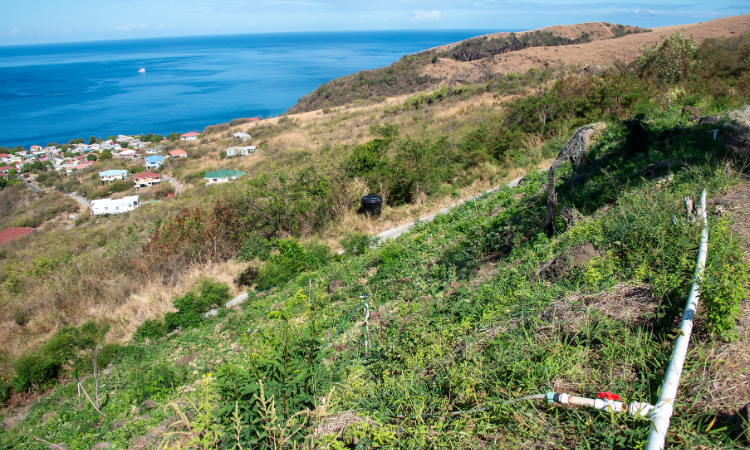
In total, the project added almost 1 million liters of storage capacity to ensure communities still have drinkable water if the main supply is cut off due to natural hazards, while providing economic windfall for farmers such as Wilson.
Acute and Chronic Challenges
For the millions of people part of CIF’s programming in the Caribbean, including Wilson, resilient infrastructure investments accelerate disaster recovery and provide immediate adaptation benefits. “The Caribbean is in the path of major hurricanes, but it's also the slow impact of climate change, the sea level rise… - And those chronic impacts need to be really looked at carefully and monitored, because […] a lot of resources are going to be put into maintaining the infrastructure [notably in coastal areas],” concludes Gerard P. Alleng, Climate Change Specialist at IDB. “It's the slow onset that you need to look at because it's affecting your budget, it's affecting your expenditure. […] Both the acute and the chronic have to be managed.”
Globally, CIF’s resilience programming has made significant contributions to future-proofing infrastructure, providing substantial co-benefits, such as reducing poverty in vulnerable communities in Bangladesh, Cambodia, Mozambique, and more.

